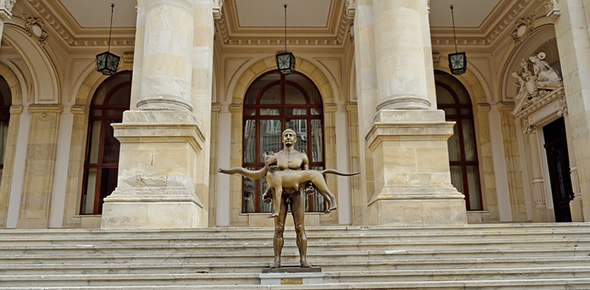Related Flashcards
Related Topics
Cards In This Set
| Front | Back |
|
The five canons of rhetoric
|
|
|
Invention
|
The content of a message
|
|
Arrangement
|
The organization of a message
|
|
Style
|
The mode or genre of a message
|
|
Memory
|
The remembering of a message
|
|
Delivery
|
The presentation of a message
|
|
Rhetoric
|
Defined by Aristotle as "uncovering, in any given situation, the available means of persuasion."
|
|
Ethos
|
Rhetorical appeal that targets a listener's sense of the speaker's credibility.
|
|
Logos
|
Rhetorical appeal that targets a listener's logical reasoning.
|
|
Pathos
|
Rhetorical appeal that targets a listener's emotions.
|
|
Sophists
|
Teachers that believed that what mattered most was not what actually happened but, rather, how people presented their case, explanation, or reasoning for what happened.
|
|
Thesis
|
An integral component to successful communication, this is the overarching claim of a message.
|
|
Paradigms
|
Worldviews or ways of seeing.
|
|
Elocution
|
Period in history of communication studies filed when rhetoric became a field that focused only on delivery and style.
|
|
Invention
|
In Cicero's canons of rhetoric, this component is a message's content.
|





